Hydrogen Fueled Cooking Stove Using Electrolysis
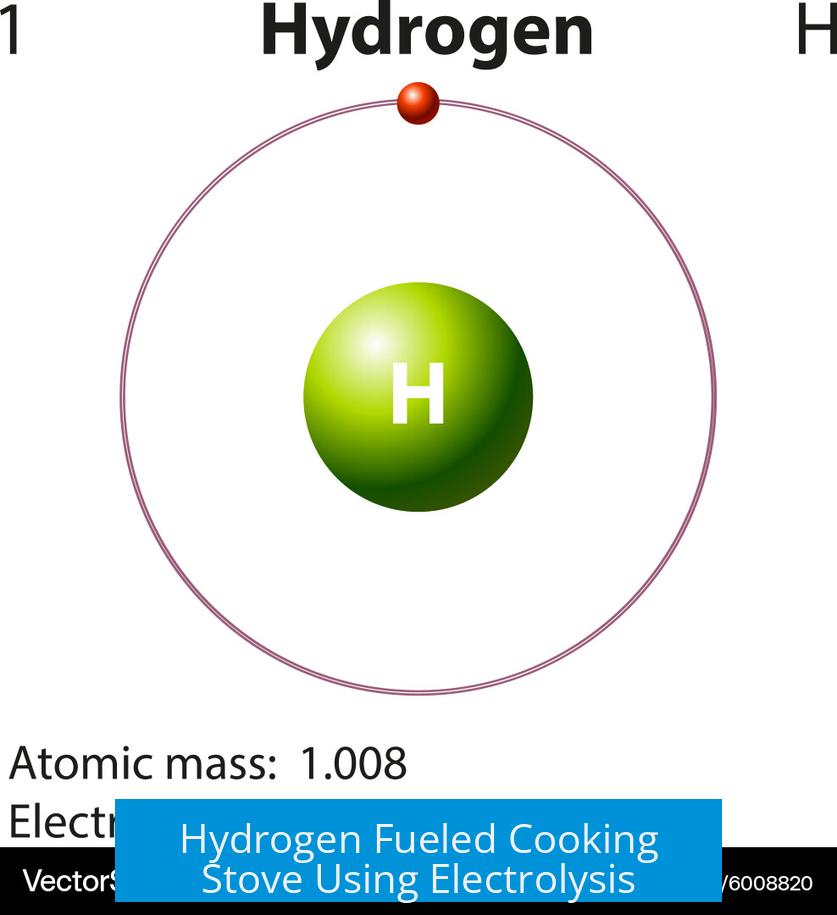
A hydrogen fueled cooking stove using electrolysis generates hydrogen gas on-demand by splitting water with electricity, then directly burns the hydrogen gas to produce flame for cooking. This technology eliminates the need for gas tanks by integrating an electrolyzer and burner in a stove, using only water and electricity as inputs.
How Electrolysis Powers Hydrogen Stoves
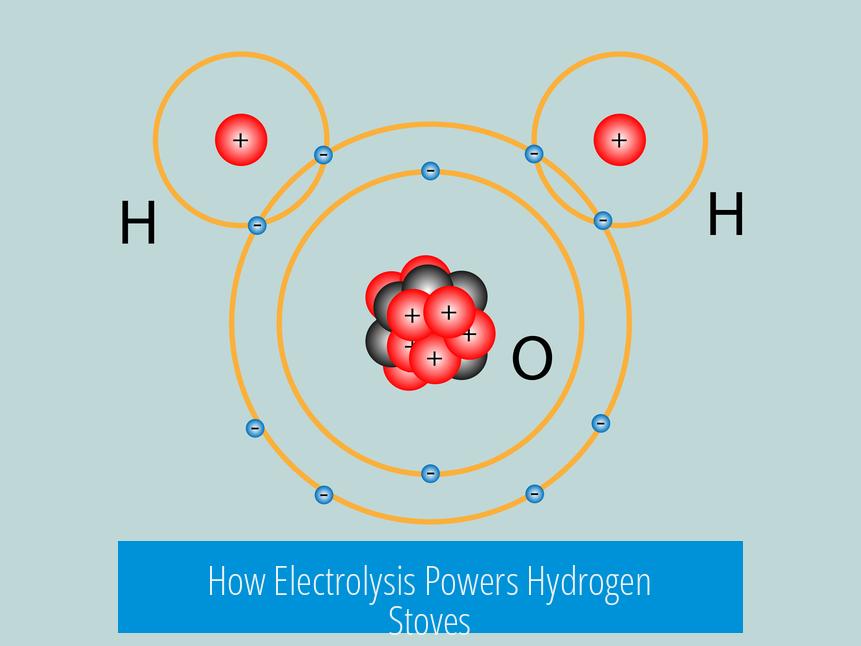
Electrolysis involves applying an electric current to water to separate it into hydrogen and oxygen. The hydrogen gas is then channeled to a burner, where it combusts to produce a hot flame similar to natural gas. This process enables continuous fuel generation while cooking.
Example devices like the Kinetic 7 Hydrogen Cook Top demonstrate this technology. The Kinetic 7 resembles a compact two-burner camping stove. It uses small amounts of water and rechargeable batteries to electrolyze water and ignite the hydrogen flame with a pilot light, offering a portable and clean cooking solution.
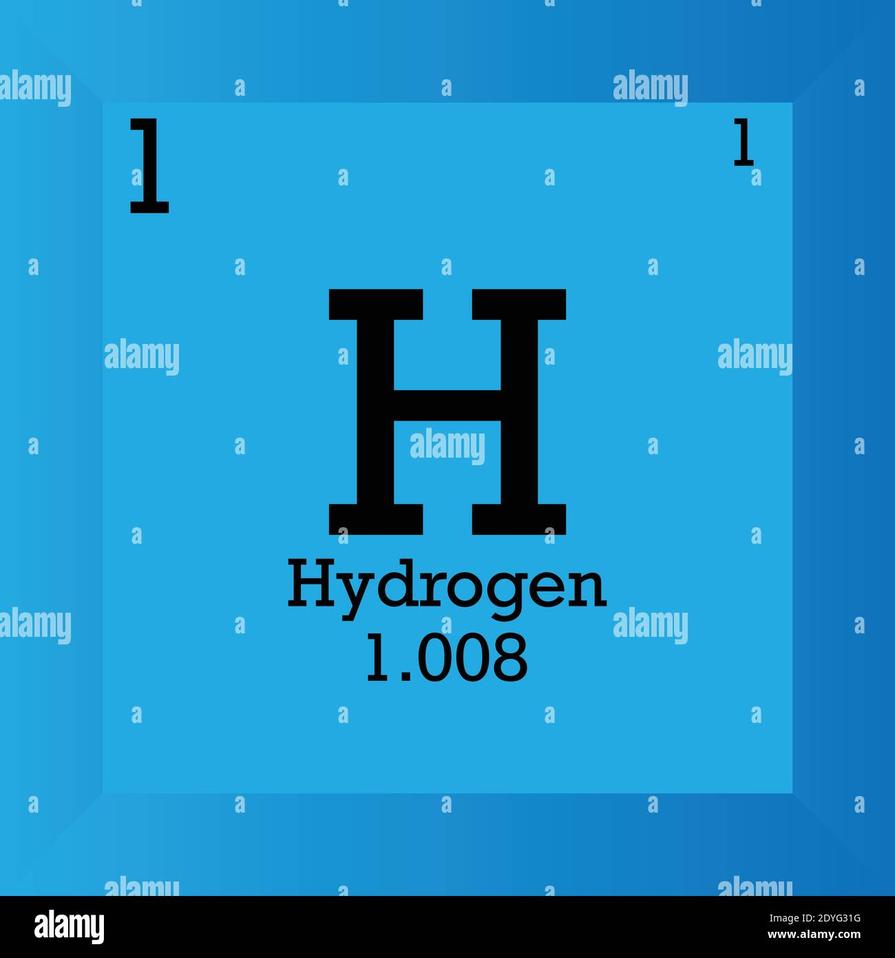
Practical Considerations for Hydrogen Cooking Stoves
- Regulations and Safety: Users must verify local rules, as hydrogen use can be restricted due to safety concerns and emissions. Hydrogen flames run very hot, potentially producing nitrogen oxides (NOx), which are pollutants.
- Availability: Commercial two-burner hydrogen stoves remain niche and not widely available in mainstream markets, particularly for camping or household use.
- Market Access: Stoves like the Kinetic 7 might be found through specialized suppliers, but mass-market options are limited.
Community and DIY Approaches

Enthusiasts sometimes create homemade hydrogen stoves using local materials and Electrolysis setups. Videos show experimental units built in regions like Colombia. These DIY models indicate the stove’s feasibility but require technical skill and attention to safety.
Hydrogen Versus Alternative Fuels
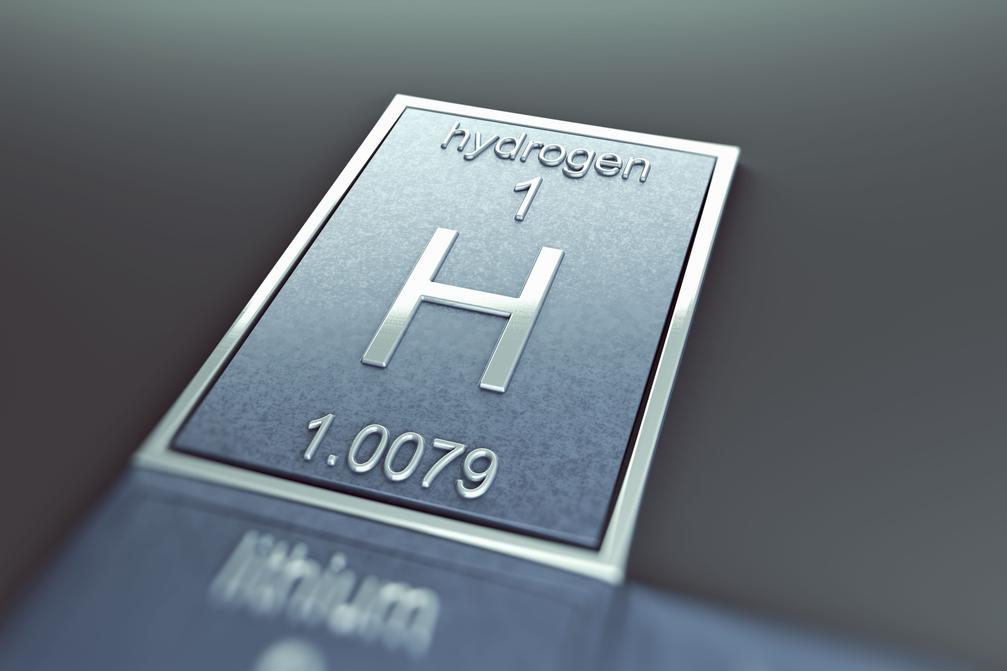
Though propane is widely available and used for camping stoves, hydrogen offers the advantage of zero carbon emissions at combustion, needing only water and electricity as fuel sources. However, specialized burners designed for hydrogen’s flame characteristics are required for efficiency and safety.
Summary of Key Points
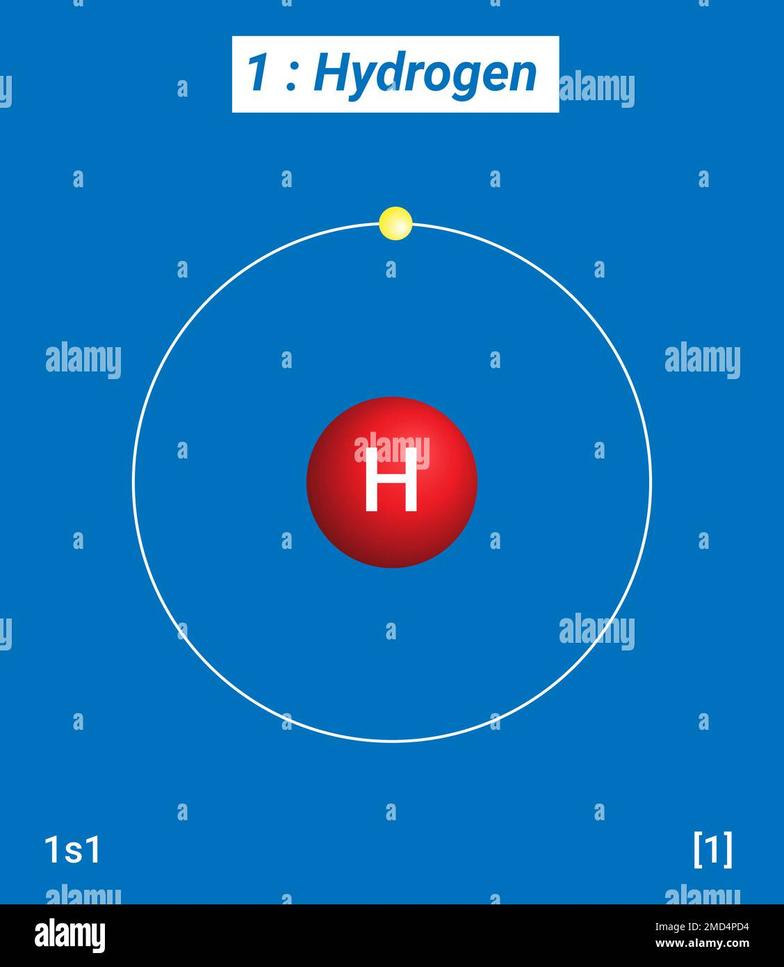
- Hydrogen cooking stoves generate fuel on-demand via water electrolysis and burn hydrogen gas for heat.
- Devices like the Kinetic 7 use small water amounts and batteries to operate compactly.
- Regulatory and safety considerations include NOx emissions and hydrogen handling precautions.
- Market availability is limited; DIY projects demonstrate stove feasibility.
- Hydrogen offers a clean fuel alternative but requires specific burners and infrastructure.
Hydrogen Fueled Cooking Stove Using Electrolysis: The Future of Clean Cooking?
So, what exactly is a hydrogen fueled cooking stove using electrolysis? Simply put, it’s a stove that splits water into hydrogen and oxygen using electricity (a process called electrolysis), then burns the hydrogen gas as fuel for cooking. This means no need for propane tanks or traditional gas lines—just plug it in and start cooking.
Sounds futuristic? It is. But excitingly, it’s also real today—with products like the Kinetic 7 Hydrogen Cook Top showing us a glimpse of the future.
How Does This Hydrogen Stove Actually Work?
Imagine a stove that looks like your regular camping burner but packs a clever technology under the hood. The Kinetic 7, for example, has two burners much like those old Coleman camp stoves we all know and love. Instead of using liquid fuel, it uses a small amount of water and some rechargeable batteries to ignite a pilot light. A small electrolyzer inside converts water into hydrogen, which then fuels the flame.
This method is neat because it produces hydrogen on-demand. No more lugging around heavy propane tanks or worrying about running out while you’re frying eggs on a camping trip. As long as you have electricity and water, you have fuel.
Why Consider a Hydrogen Stove Instead of Propane?
Propane is handy and familiar. It’s cheap, widely available, and burners designed for propane are well understood. So why bother with hydrogen?
- Clean Energy: Hydrogen combustion emits only water vapor. Propane burning releases CO2 and other pollutants.
- Convenience: On-demand fuel means no physical storage of flammable gas needed.
- Power Source Synergy: If you have solar panels or another renewable energy source, producing hydrogen onsite can reduce your carbon footprint significantly.
But, (and there is a ‘but’) hydrogen flames burn hotter than propane, potentially producing higher levels of nitrogen oxides (NOx)—pollutants that contribute to smog and respiratory issues. This makes regulatory approval tricky in some regions. The flame temperature challenge means careful burner design and possibly catalysts are needed to keep emissions low.
Are Hydrogen Stoves Ready to Buy? The Market Reality
If you’re itching to buy a hydrogen cooking stove, you might be in for a bit of a wait or a DIY project. Currently, widespread commercial availability is limited. The Kinetic 7 Hydrogen Cook Top exists but isn’t yet a household name or easily found in your local camping store.
That leads curious cooks and innovators to explore homemade options. Fun fact: videos have surfaced of DIY hydrogen stoves built in places like Colombia, showing how enthusiastic people are about this tech. While it’s thrilling, building your own requires some technical know-how and safety precautions—hydrogen is a flammable gas and must be handled carefully.
Safety and Regulations: What You Need to Know
Before you jump on the hydrogen bandwagon, check your local safety regulations. Many codes don’t yet explicitly allow hydrogen as a household cooking fuel. The concern is not just the fire risk, but also NOx emissions and gas handling.
Because hydrogen flames heat surfaces and surrounding air to very high temperatures, uncontrolled combustion can create nitrogen oxides, countering some environmental benefits. Regulatory bodies fret over this, so manufacturers must prove safe, low-emission operation before broader release.
Practical Tips If You’re Curious to Try Hydrogen Cooking
- Start Small: Look into pilot projects or communities experimenting with hydrogen stoves. Organizations sometimes offer demos or prototype trials.
- DIY with Caution: If you’re tech-savvy, search for reputable guides or videos on building safe electrolyzers and burners. Avoid open flames near leaks or poorly vented areas.
- Blend Renewable Energy: Using a solar panel or wind turbine to power your stove’s electrolysis process can make your hydrogen cooking truly green.
- Keep an Eye on Innovation: The tech is evolving fast. New materials and burner designs could soon address NOx concerns and legal hurdles.
- Check Availability: Explore online markets or camping forums—sometimes small startups offer limited batches of hydrogen stoves.
Hydrogen Cooking Stoves vs Traditional Gas: What’s the Verdict?
Hydrogen stoves promise a cleaner and potentially safer alternative to fossil fuels. They eliminate propane tanks and fossil gas lines, reduce greenhouse gas emissions, and leverage water and electricity widely available anywhere.
However, today they remain a niche product. Challenges like emissions, user safety, and regulatory acceptance slow widespread adoption. For now, they’re a cool option for early adopters, campers with a green bent, and tech enthusiasts eager to tinker.
Just imagine going camping. You pack your tiny backpack. No propane tanks weighing you down, just a small bottle of water and rechargeable batteries powering your campfire meal. Sounds almost too good to be true, right?
Hydrogen fueled cooking stoves using electrolysis aren’t just concepts anymore. They’re here, quietly advancing with innovative companies like the makers of the Kinetic 7 cook top pushing boundaries. The future could be a kitchen where “gas” stoves run on water and electricity, clean and green.
So, would you try cooking your chili or eggs on a hydrogen flame? Or is propane still king in your kitchen? Drop your thoughts—this cooking revolution is just getting started.
How does a hydrogen fueled cooking stove using electrolysis work?
The stove uses electricity to split water into hydrogen and oxygen through electrolysis. The hydrogen gas then burns on the stove, producing heat for cooking. It looks like a regular gas stove but runs on hydrogen made from water.
Are there safety concerns with burning hydrogen on a cooking stove?
Yes, burning hydrogen can create nitrogen oxides (NOx) due to high flame temperatures. Regulations may restrict the use of hydrogen stoves. Users need to check local rules before using or buying one.
Where can I buy a hydrogen cooktop with electrolysis technology?
Currently, specific models like the Kinetic 7 Hydrogen Cook Top exist, but market availability is limited. Often these are niche or experimental products. Finding a two-burner hydrogen stove for camping requires searching specialized suppliers.
Can I make a hydrogen stove at home using electrolysis?
Some enthusiasts have built homemade units using simple electrolysis setups. Videos from regions like Colombia show DIY hydrogen stoves, but these require technical knowledge and caution due to safety risks.
Why choose hydrogen stoves over propane or other fuels?
Hydrogen stoves run without fossil fuels and produce fewer emissions except NOx. They only need water and electricity. However, propane remains more accessible and widely supported with suitable burners available.


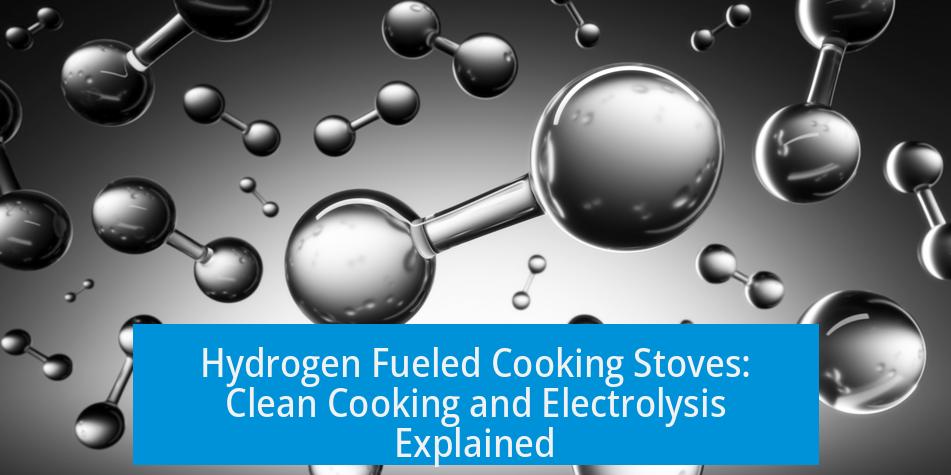

Leave a Comment